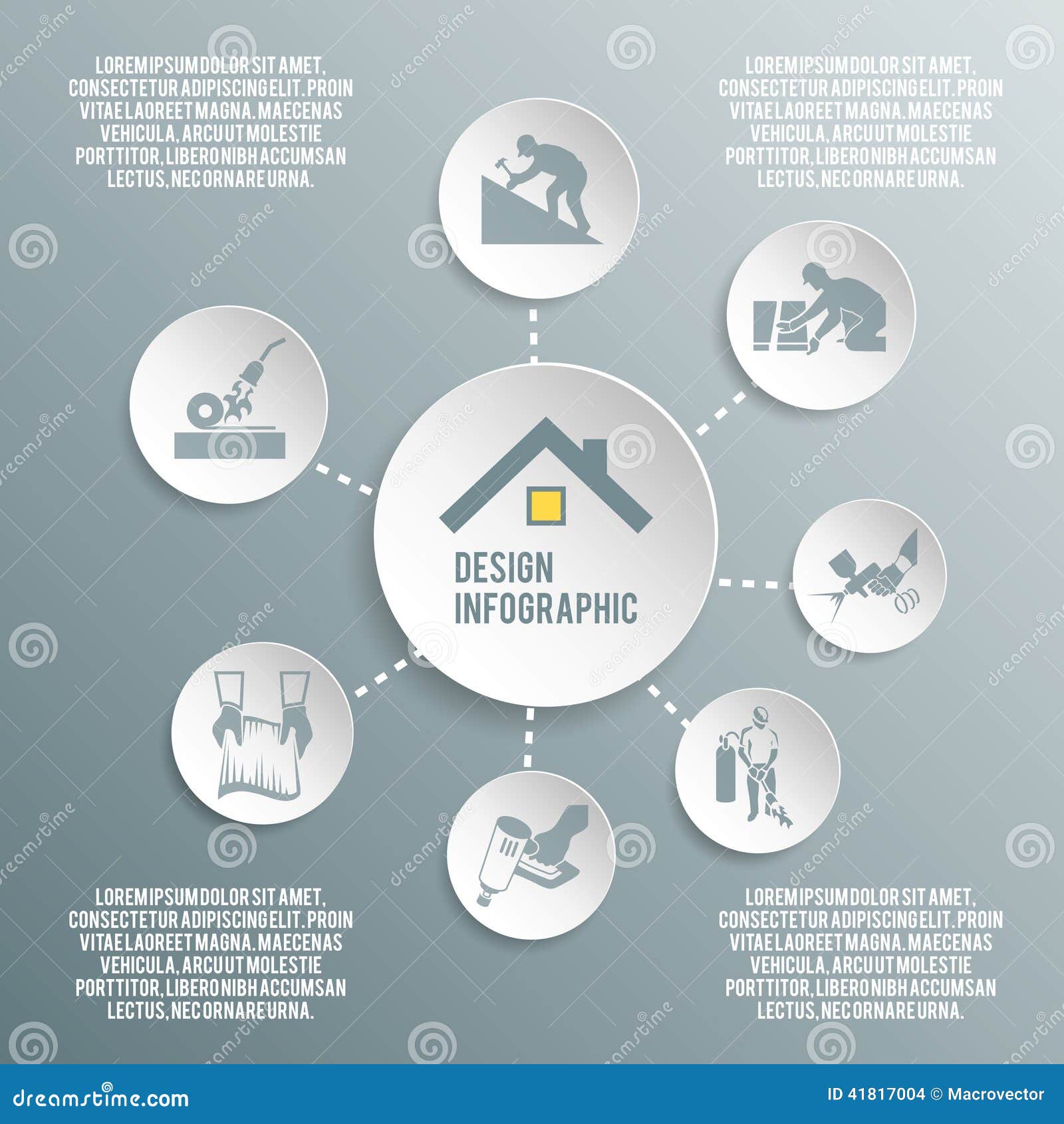Contrast Of Solar Energy And Standard Energy Resources: A Thorough Analysis
Contrast Of Solar Energy And Standard Energy Resources: A Thorough Analysis
Blog Article
Web Content Composed By-Clayton Blum
When assessing the stability of solar energy versus standard energy resources, you might find yourself considering the lasting sustainability and influence on your funds. The detailed equilibrium in between preliminary costs, continuous expenditures, and environmental ramifications increases sixty-four-thousand-dollar questions concerning the future of power generation. As you navigate via the complexities of this contrast, a much deeper understanding of the subtleties in cost-effectiveness, ecological stewardship, and energy safety awaits expedition.
Cost-Effectiveness Comparison
When comparing the cost-effectiveness of solar power with typical energy resources, it ends up being obvious that initial financial investment differences play a crucial function in identifying long-lasting savings.
While solar energy systems need a higher upfront investment for installation and tools, they offer significant long-lasting advantages that can outweigh the initial prices. The crucial hinge on recognizing that solar energy systems have very little continuous functional and upkeep costs contrasted to traditional power sources like nonrenewable fuel sources.
By investing in solar power, you can possibly minimize energy expenses over the system's lifespan. Additionally, with improvements in technology and decreasing installation prices, solar power has ended up being a lot more accessible and affordable for property owners and services alike. These cost savings can collect with time, offering a roi that exceeds conventional power sources.
In addition, solar power systems supply the advantage of energy independence and stability versus fluctuating utility rates. By using the power of the sunlight, you contribute to a cleaner environment and minimize your carbon footprint. Welcoming solar energy not only advantages your purse but additionally the planet in the future.
Environmental Impact Analysis
Solar energy presents an appealing alternative to typical energy resources as a result of its substantially reduced ecological effect. Unlike fossil fuels that emit dangerous greenhouse gases and add to air contamination, solar power generates electrical power without producing any type of emissions.
https://ecoflow-160w-solar-panel43197.blogoxo.com/32813993/tips-for-keeping-your-solar-panels-in-good-condition-important-suggestions of using solar energy entails recording sunshine with photovoltaic panels, which doesn't launch any kind of contaminants into the environment. This absence of emissions helps reduce the carbon impact connected with power production, making solar energy a cleaner and much more sustainable option.
Furthermore, making use of solar energy contributes to preservation efforts by minimizing the need for limited resources like coal, oil, and natural gas. By relying on the sun's plentiful and renewable resource source, we can help maintain natural environments, secure ecological communities, and reduce the adverse effects of resource removal.
Reliability and Energy Landscape Assessment
For a detailed evaluation of dependability and the power landscape, it's important to review exactly how solar energy compares to traditional sources. https://www.penncapital-star.com/energy-environment/sheep-among-the-panels-using-solar-sites-for-pastureland/ is gaining ground as a dependable and lasting energy source. While standard resources like coal, oil, and natural gas have been traditionally dominant, they're limited and add to ecological deterioration.
Solar power, on the other hand, is bountiful and sustainable, making it a more lasting choice in the future.
In terms of integrity, solar energy can be dependent on weather conditions and sunshine availability. However, developments in innovation have led to the development of power storage space services like batteries, improving the integrity of solar energy systems. Traditional sources, however, are vulnerable to rate changes, geopolitical tensions, and supply chain interruptions, making them much less dependable in the long term.
When assessing the energy landscape, solar power uses decentralized power manufacturing, reducing transmission losses and boosting energy protection. Typical sources, with their central power plants, are more at risk to disruptions and call for extensive framework for circulation.
Final thought
In conclusion, when comparing solar power to traditional power sources, it is clear that solar power offers a cost-effective, eco-friendly, and reliable option. With minimal functional prices, prospective savings on energy bills, and a substantially reduced environmental impact, solar power is coming to be a much more sustainable and secure alternative. Embracing solar energy can help in reducing greenhouse gas discharges and add to preservation initiatives, making it an engaging choice for the future.
